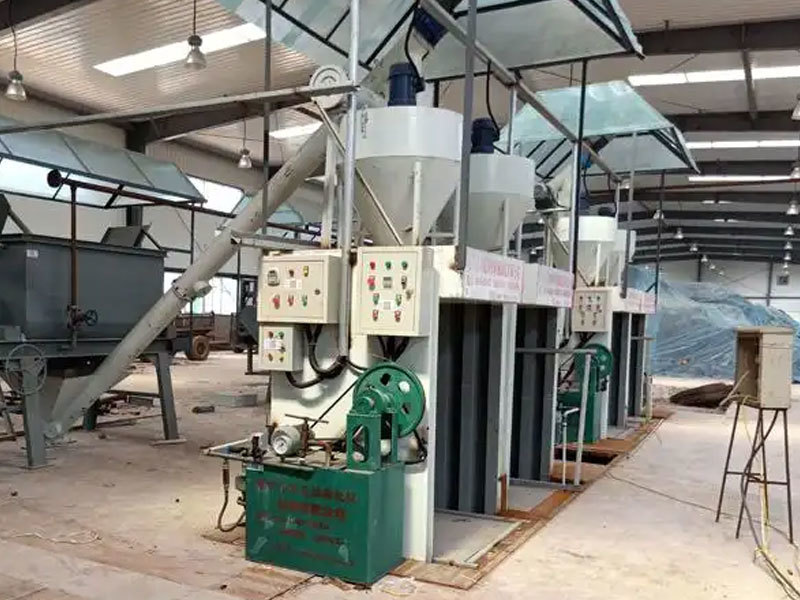What causes low oil yield in an oil press?
Published Time:
2025-03-17
During the oil pressing process, the oil cake may be misshapen, with excessive oil residue and low oil yield. However, solving these problems will improve the oil yield. So how can these problems be solved?

During the oil pressing process, the oil press may produce malformed oil cakes, excessive oil residue, and low oil yield. However, solving these problems will improve the oil yield. So how can these problems be solved?
Low oil yield in oil presses generally has the following four main reasons:
(1) Operators
The main reasons include insufficient skills, low operational proficiency, failure to comply with operating procedures; carelessness during operation, poor quality awareness; poor personnel coordination; and low equipment utilization.
(2) Machinery and Equipment
Although new machines have passed quality inspection before leaving the factory, they may be damaged during storage, loading, and transportation. In particular, improper installation and adjustment, poor assembly quality, and failure to use and maintain the machine correctly according to the safety operating procedures will all prevent the machine from performing efficiently. Man-made reasons lead to frequent troubleshooting and accident repairs, directly affecting oil quality and production capacity. When commissioning a new machine, it is necessary to remove rust from the pressing chamber, run-in, and conduct test pressing. Before the formal pressing, try to increase the temperature of the pressing chamber and keep the material feeding and oil cake discharge smooth.
(3) Oil Materials for Pressing
Sieve out sand and dirt. Sand and dirt will absorb oil during processing, reducing the oil yield of rapeseeds. Sand and dirt should be sieved out before processing. Mechanical equipment should be used for cleaning and screening, and the pretreatment process should be implemented as required.
(4) Process Conditions
1. Pressing chamber pressure
The essence of oil extraction by pressing is to apply pressure to the material to extract the oil. The main factors affecting the pressure in the pressing chamber are the thickness of the oil cake, the amount of material fed, and the quality of pretreatment (moisture content and temperature of the material for pressing, etc.). The thickness of the oil cake is importantly related to the oil extraction efficiency. The thicker the oil cake, the smaller the pressure in the pressing chamber, the smaller the load, and the lower the oil extraction efficiency; conversely, the thinner the oil cake, the higher the oil extraction efficiency. However, if it is too thin, it will increase the machine load and cause accidents. The amount of material fed should be controlled to a moderate flow rate to avoid the "bridging" phenomenon and maintain normal and stable pressure in the pressing chamber.
2. Moisture content and temperature of the material for pressing
Countless facts have proved that even if the behavior of the rapeseed oil press is well controlled, it is still difficult to achieve normal results due to poor or unstable control of the moisture content and temperature of the material for pressing.
Hot material pressing activates oil molecules at high temperatures. The temperature of rapeseeds just taken out from the frying pan is 108℃, and pressing while hot can increase oil yield. Therefore, the amount of seeds fried in each batch should be controlled at 40-50 kg, ensuring that the frying and pressing are done continuously to ensure hot material pressing.
Therefore, carefully observing the working condition of the oil press during operation is necessary. Low oil extraction rate caused by the oil material state can only be avoided by improving the oil material storage time and method; however, problems such as uncontrollable pressing chamber temperature, easy wear of equipment parts, and difficult adjustment of speed that cause low oil extraction rate are avoidable.
Keywords:
Previous
Previous Page:
Share to




